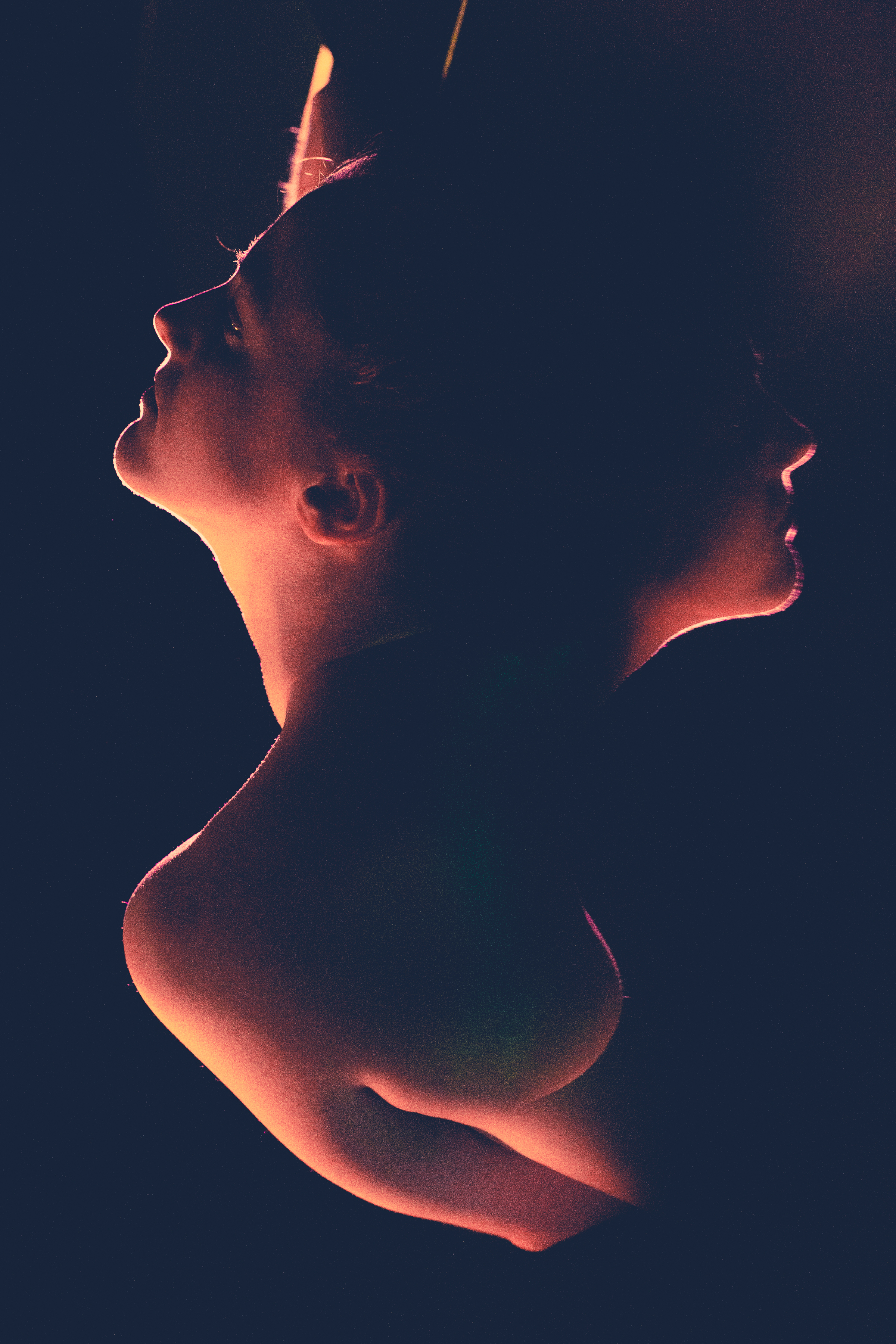
Artist statement
Contortion is not an act, a knowledge, or a mastery. It is letting-go, trust and a unique relationship that we build and maintain with our body. I don't think we have a defined body or a fixed identity. We are made up of all these "other bodies" without which we do not exist. We become through and in relation to others.
Discipline is defined, whether by choice or involuntarily by the way we format our brains and consequently, our bodies, to evolve in society and meet the expectations of our socio-historical-political environment. While training, I had to silence the conditioning I had internalized in order to restore trust in my body, allowing extreme opening as a means of renewal versus forced flexibility in order to achieve an aesthetic result.
Contortion as philosophy allows me to approach the sites of the body, of the black box and of representation (meeting the spectator) through a deep questioning of my relationship to them, to amplify the possibilities, both immense and intimate, of interpretation. This awareness informs and transforms my practice towards trans-disciplinary research. It is no longer the discipline, but the human within the natural world, that is at the heart of the process.
Through my work, I explode and reverse perceptions that anchor a predefined reality. My performances exist to be experienced and to infiltrate the individual and collective imaginations of both the creative team and the public. Multiple interpretations are immeasurably rich and dialogue is lively and dynamic, when accompanied by respect and listening. Dissent is fertile ground.
In the context of simplistic and populist waves of global consumerism and entertainment, complex and nuanced discourses that lead to critical reflection, are paramount. Complexity and nuance are discerning, and offer the possibility of a genuine inclusion of multiple voices, without a generic reduction of ideas, which ultimately flattens the beauty in this world.
Andréane Leclerc
Artistic director
